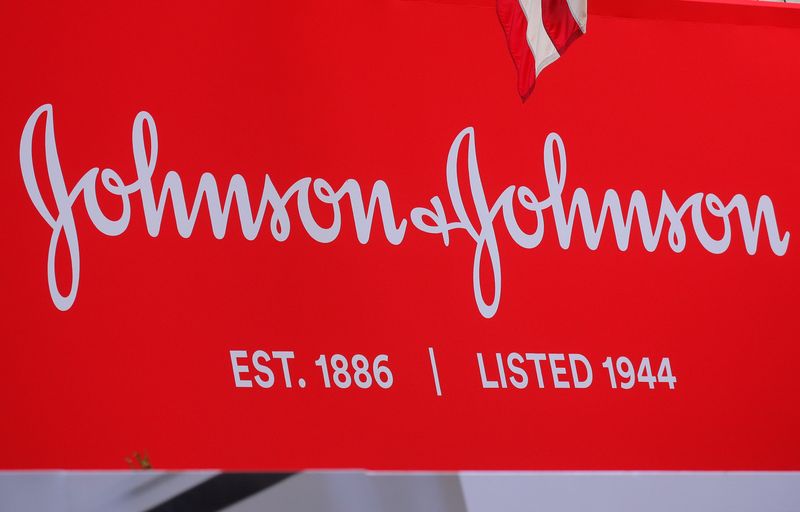By Dietrich Knauth and Tom Hals
(Reuters) -Johnson & Johnson can use the bankruptcy system to resolve multibillion-dollar litigation claiming its talc products cause cancer, a U.S. judge ruled on Friday, signing off on a legal maneuver that enables the company to avoid fighting more than 38,000 individual lawsuits.
J&J (NYSE:JNJ) used a strategy known as the "Texas two-step," which allows companies to split valuable assets from liabilities through a so-called divisive merger. In October, J&J, which maintains its talc products are safe, put the claims into a newly created entity called LTL Management LLC, which filed for bankruptcy days later.
Plaintiffs argued the move was an abuse of the Chapter 11 system.
U.S. Bankruptcy Judge Michael Kaplan forcefully rejected that argument on Friday, saying J&J’s approach was "unquestionably" proper and that bankruptcy offers a faster and more fair alternative to decades of litigation in other courts.
Jon Ruckdeschel, an attorney for plaintiffs pursuing the talc lawsuits, said the ruling would be appealed.
"The bankruptcy code was never intended to be abused in this way by massively profitable corporations as a means to delay or prevent cancer victims from having their day in court,” he said in a statement.
J&J's stock closed up 5%, its biggest one-day gain since the start of the pandemic in spring 2020. The company, which has a stock market value of more than $400 billion, also said on Friday it planned to move ahead with a $5 billion settlement to resolve claims by states and local governments that J&J contributed to the U.S. opioid epidemic..
Talc plaintiffs and some critics had warned that the strategy could "open the floodgates" for other companies facing mass litigation risk.
Kaplan said "maybe the gates indeed should be opened."
"There is nothing to fear in the migration of tort litigation out of the tort system and into the bankruptcy system," Kaplan wrote.
After Kaplan's "extremely strong" defense of J&J's bankruptcy strategy, other companies would be "negligent" if they did not consider a similar approach, said Jared Ellias, a professor at UC Hastings College of the Law.
"This couldn't have been a better opinion for people who think that the Texas two-step bankruptcy strategy is a good way for companies to deal with mass tort problems," Ellias said.
The plaintiffs had alleged that J&J's talc-based products contained asbestos and caused ovarian cancer and mesothelioma, a type of cancer linked to asbestos exposure.
J&J denies the allegations, saying decades of scientific testing and regulatory approvals have shown its talc to be safe and asbestos-free.
Before the bankruptcy filing, the company faced costs from $3.5 billion in verdicts and settlements, including one in which 22 women were awarded a judgment of more than $2 billion, according to bankruptcy-court records.
J&J, in a statement, called the ruling a positive development, adding that an independent investigation would establish that the formation of LTL and the Chapter 11 filing were appropriate.
"LTL stands ready to work with claimants’ counsel and the mediator to reach an equitable and efficient resolution as ordered by the Bankruptcy Court," J&J said in a statement.
J&J has set aside $2 billion to settle talc claims, but LTL executives characterized that number as a starting point rather than a "cap" during court proceedings last week.
Kaplan said he believed there was a need for "independent scrutiny" of the company's restructuring and said he would consider appointing an examiner at a March 8 hearing.
Reuters exclusively reported earlier this month that J&J secretly launched "Project Plato" last year to shift liability from its pending talc lawsuits to the newly created subsidiary, which was then to be put into bankruptcy.

The strategy angered lawyers for cancer plaintiffs, who in court called it "rotten to the core."
It also alarmed lawmakers including U.S. Senator Sheldon Whitehouse, who said it provided a blueprint for other well-heeled corporations to deprive victims of the compensation and "hide assets in plain view."